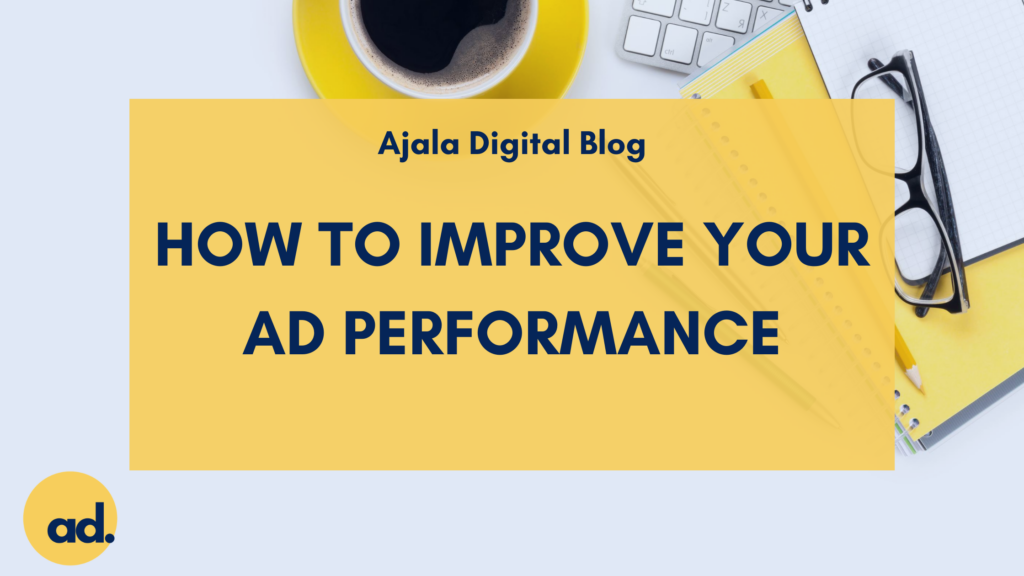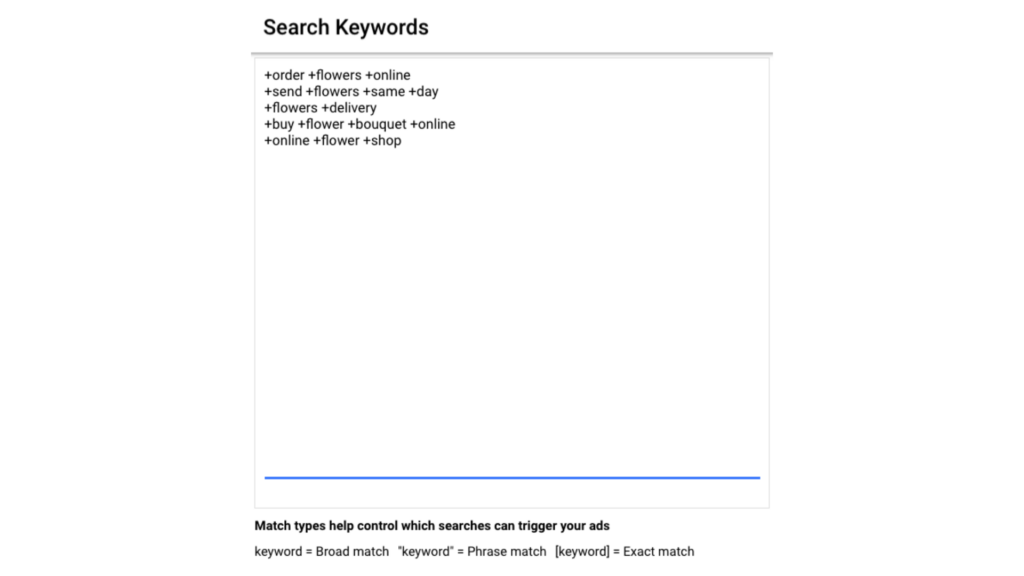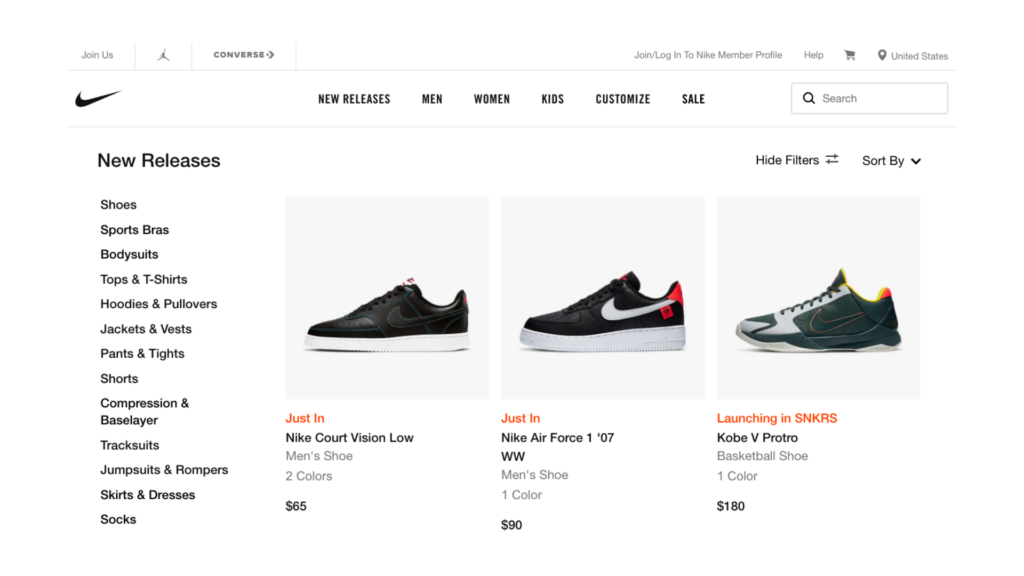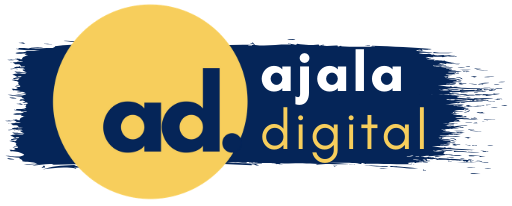
Now that you have set up your Google Ads account and have familiarised yourself with the types of ads and campaigns that you can use, it’s time to learn how to make your ads and campaigns really work for you. Here are the main tools that you can use.
Choose The Right Keywords
Earlier we discussed how important it is to be crystal clear on your products and services. This is now going to help you when you are starting to define which keywords to use.
Choosing the right keywords can feel a bit like rocket science in the beginning. You can always take a look at how you describe your products or services on your homepage.
Ideally, keywords should be words that users look for, so don’t make it too complicated. The simpler, the better. Here is what you should do.
For each individual product or service choose about 10 to 15 keywords to start with. Sometimes, less than that might be enough.
Example: Keywords for an online flower shop.

As a general rule, if you work in a niche area you need more keywords as you need to get really specific. But if you are an established business, working with larger markets then 10 to 15 keywords is definitely a good starting point.
In both cases, you’ll be able to test them later to see what works and what doesn’t and adjust them accordingly. Don’t worry about plural and singular, google recognises that; so for example if you have “red shoes” as a keyword you don’t need to add “red shoe.”

Source: Unsplash
At this point you may wonder “How do I find the right keywords?” or “I’ve been told that there are tools to check what users type in their searches…” You are right, there is a lot more to learn about keywords and there are tools like Google Analytics or Google Ads itself to check on search terms and their performance. On the platform you’ll have all the instruments you need to refine your campaign, and find the best keywords for your ads.
An Optimised Landing Page
You want to design your landing page in such a way that it gives people exactly what they are looking for. Getting that ready before digging into Google Ads will make the whole process smoother and easier, and most importantly: more effective by getting you faster and better results right from the start.
Think about it this way: people are lazy. Now, while this may not be true in real life, it is most definitely true when it comes to online searches and online shopping. If they don’t immediately find what they are looking for, they are going to leave the page faster than you can say “optimisation.”
Let’s take a look at an example. Assume you are selling sport shoes of different brands (Nike, Adidas, Puma, Asics, you name it). What do you think a user may search for?
They might do a very generic search and search for sport shoes made by famous brands. They might be a bit more specific and look for running shoes. They might even zoom in closer, searching for Adidas running shoes, “Nike tennis shoes” or maybe even “Adidas tennis shoes for kids.” Users can use very specific search terms, because often they search for a product with a very clear idea in their mind. You need to put yourself in their shoes when designing your ads as well as your website.
Thus, in order to maximise the experience that people have on your landing page, you will have to consider creating very specific pages that give people exactly what they are looking for during their specific searches.
Example: Nike online store featuring New Releases.

Source: Nike.com
You don’t want them to browse through many different products to find what they are looking for. What you want is to send them directly to what they are searching for. You may think that your business cannot have too specific pages or that your product categories have to be broad. But this is the aspect where you need to improve. You need to think as a user would.
Working on these two aspects will substantially improve the experience and relevance of your Landing Page and therefore improving your ad’s score.
Mobile Responsiveness
More than half the searches are done on mobile. So, you have to make sure that your site is able to adapt to mobile devices. It should adapt not only in terms of content layout, but most of all in terms of navigation and full interactive experience.
Example: Mobile experience and navigation for a Yoga studio.

Source: corepoweryoga.com
You have to test your site’s mobile responsiveness and then learn how to optimise your site for mobile use. The ease of navigation on mobile websites is super important. Indeed, navigability is essential for users — whether you want them to make a purchase, contact you, or convert in some other way.


